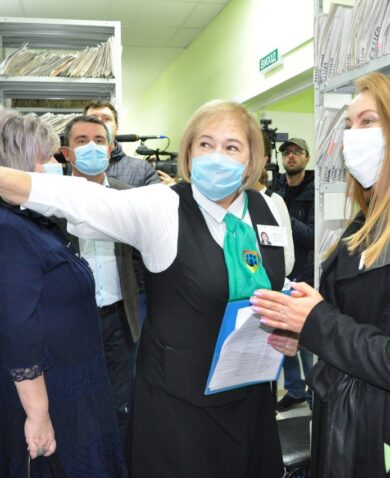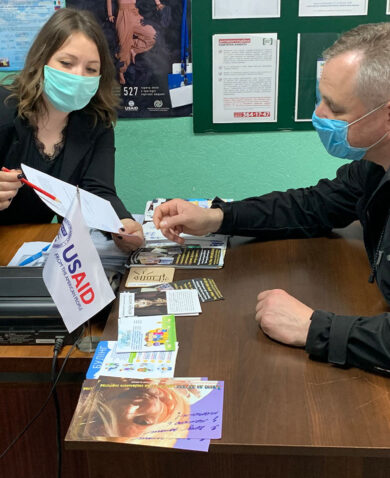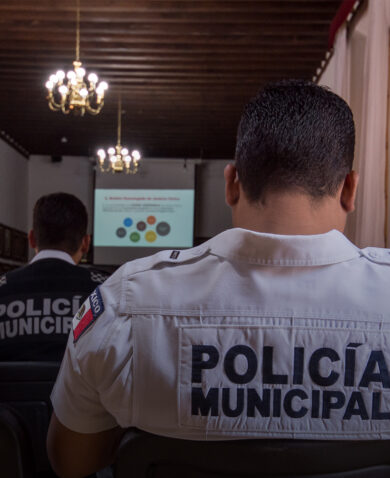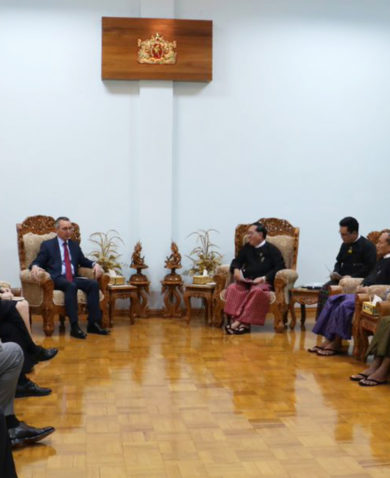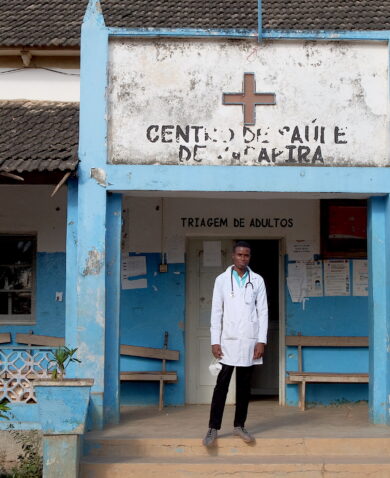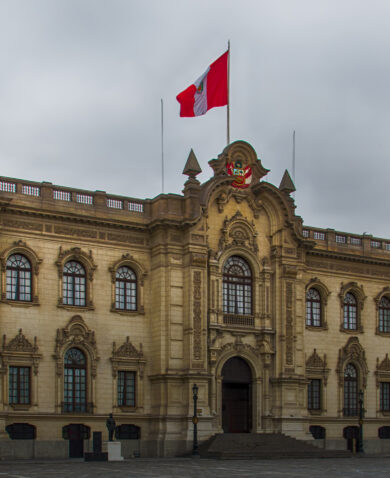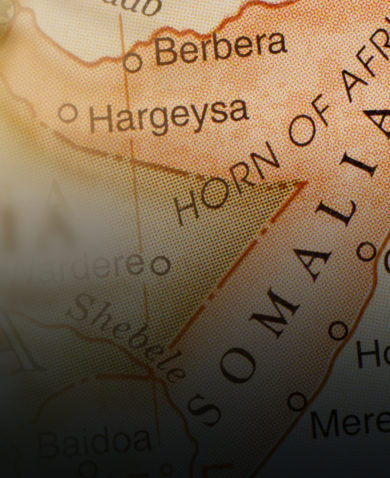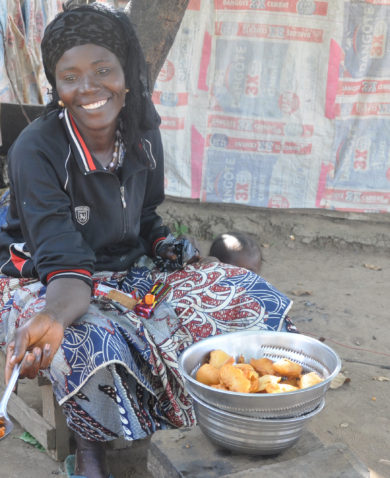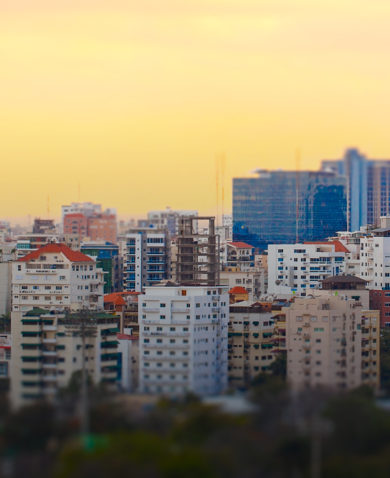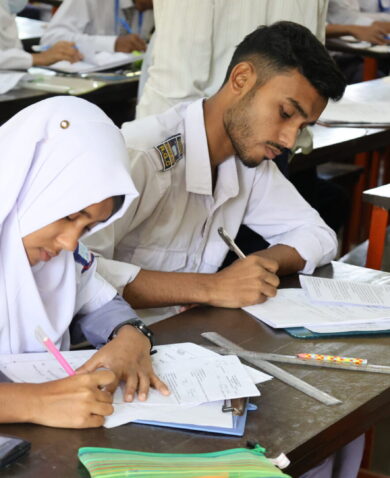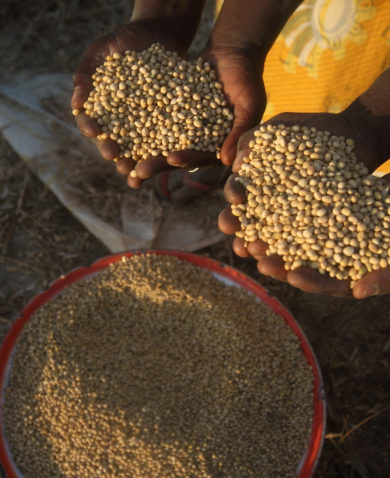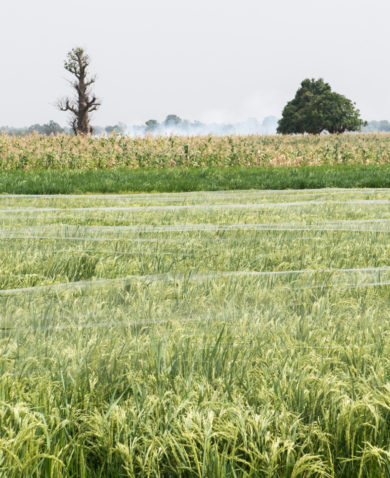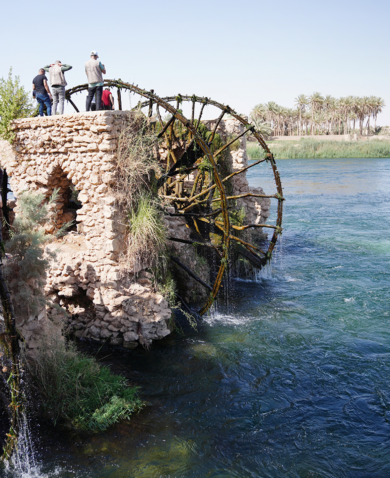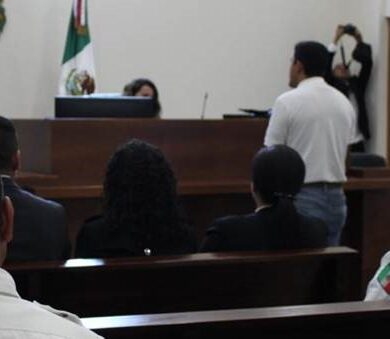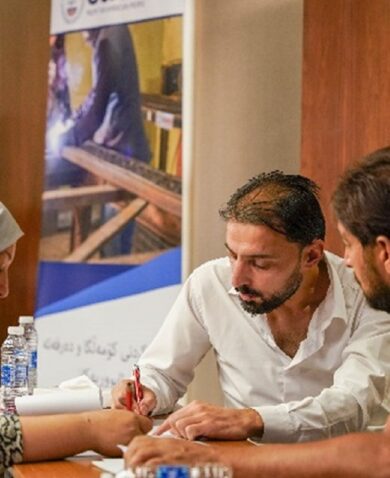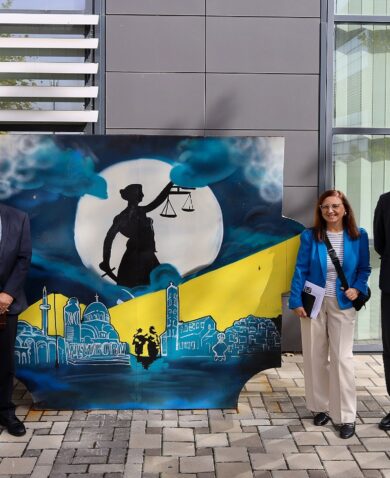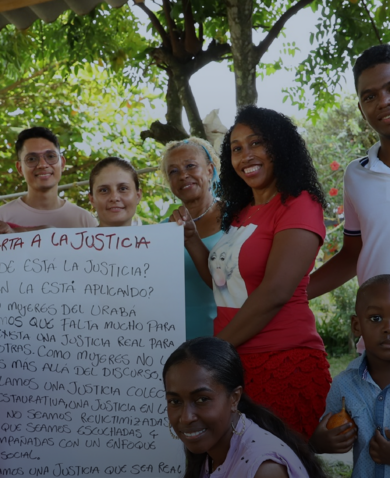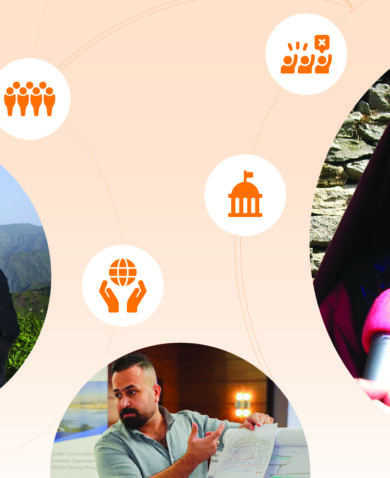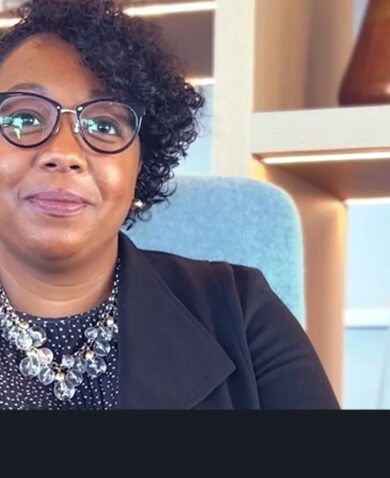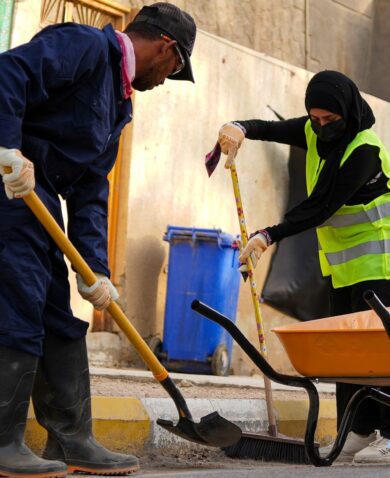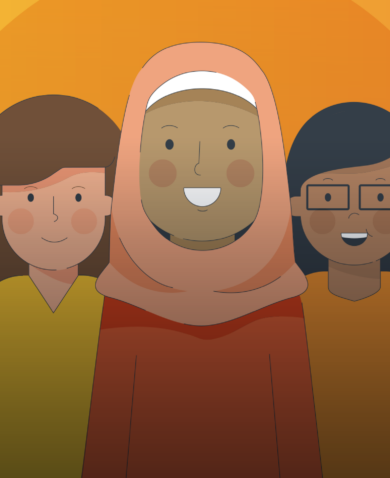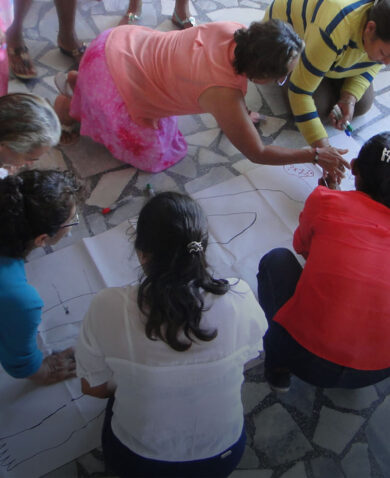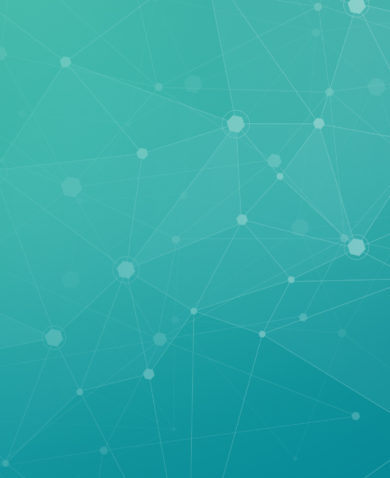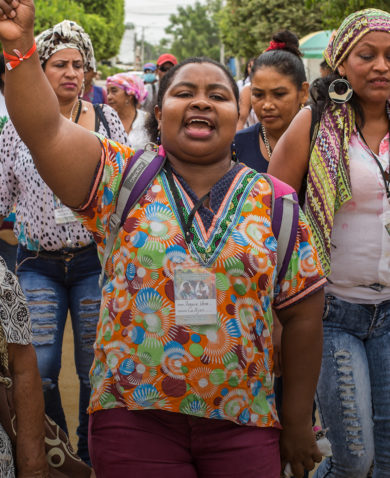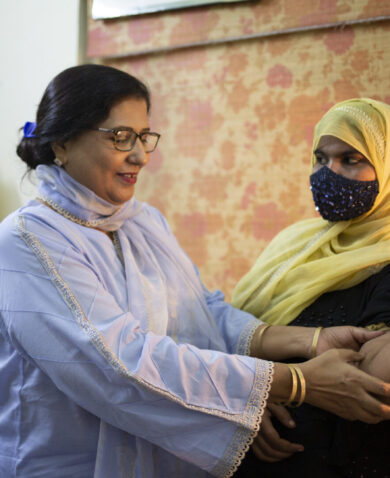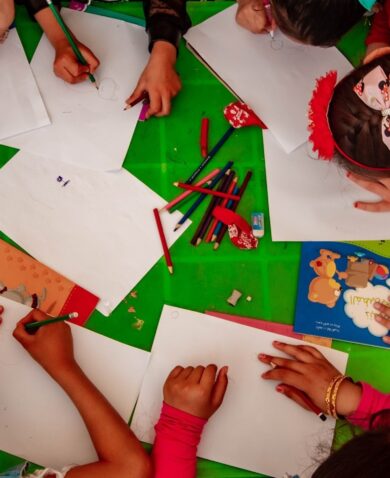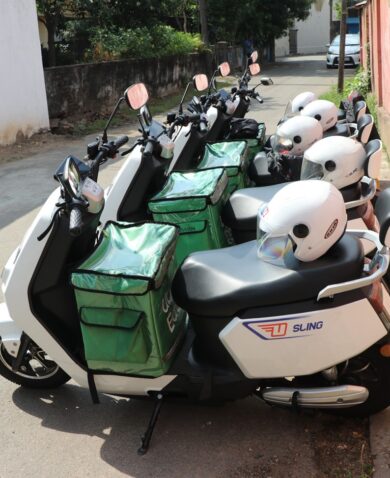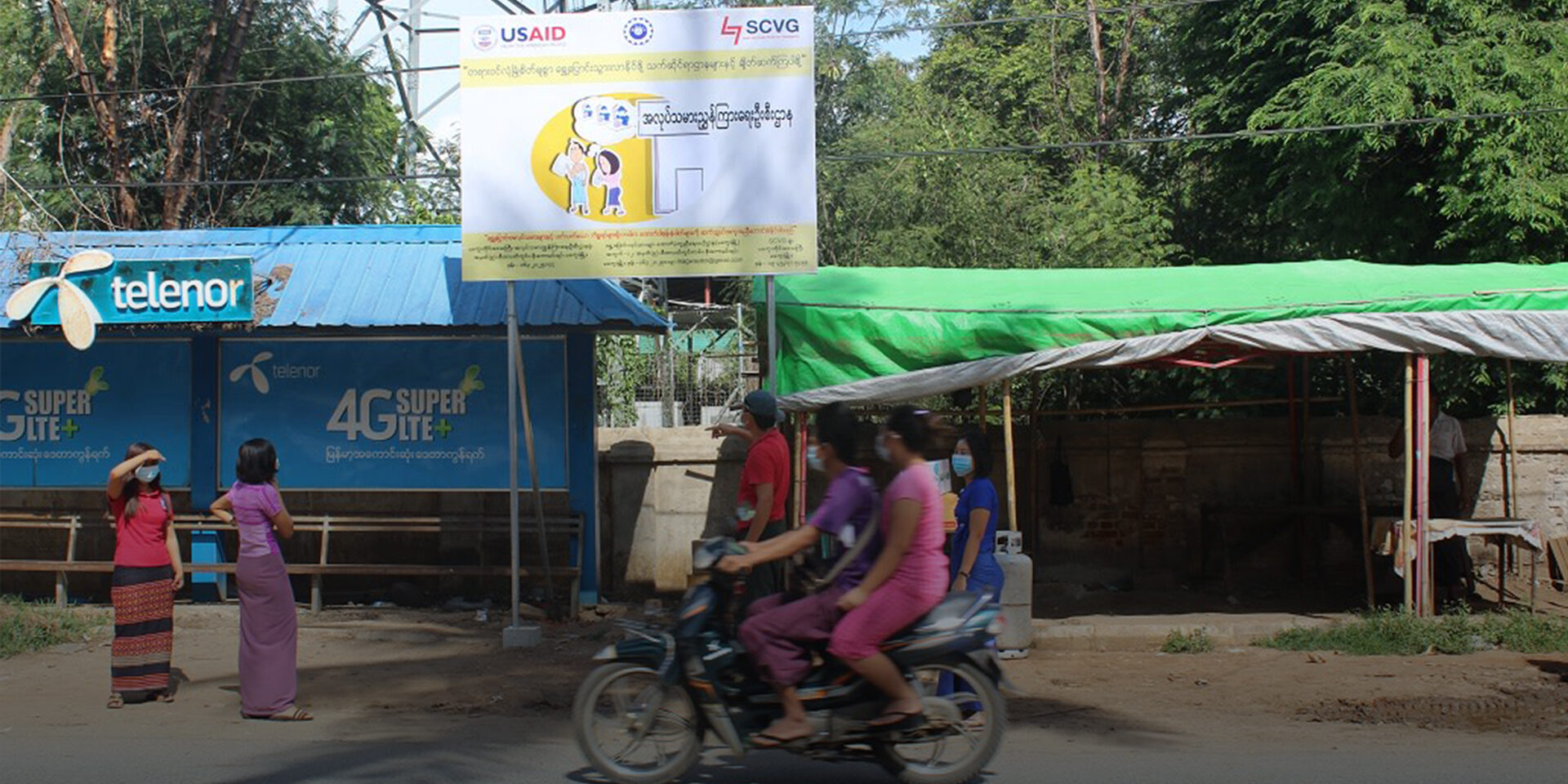
Combatting Human Trafficking During COVID-19
January 27, 2021 | 5 Minute ReadThe COVID-19 pandemic has increased opportunities for human traffickers to exploit people with limited financial means. Based on her work in Myanmar, Heather Goldsmith suggests how development partners can adapt their approaches to educational outreach on combatting trafficking to vulnerable communities.
Human traffickers prey on people in crisis, and the global economic impacts of the COVID-19 pandemic and associated public health restrictions have left many people desperate for necessities and vulnerable to deceptive and unscrupulous economic exploitation. At least in Myanmar, people are becoming increasingly desperate for employment and are willing to overlook known risks of trafficking, such as employment offers without contracts or traveling without valid identify documents. There has been an uptick in the number of people accepting jobs on fishing vessels with the promise of high wages and unlimited fish to eat, only to find themselves enslaved in the middle of the ocean with no one to turn to for help. There have also been reports of an increase in families selling young female family members into brothels or other forms of servitude, frequently using severe violence to coerce the victims.
The situation necessitates interventions that mitigate the risks of trafficking, connect victims to legal assistance and other support services, and prosecute wrongdoers — while complying with lifesaving public health restrictions. Pre-pandemic interventions for professionals, such as training justice sector actors on interviewing survivors, are fairly easy to adapt to online platforms due to relatively reliable internet connections, but finding ways to provide critical information to members of the public is more challenging — especially in a country like Myanmar where internet connectivity is poor and face-to-face interactions are valued. Prior to the pandemic, well-trained community paralegals led in-person training to disseminate information to vulnerable groups on mitigating the risk of trafficking and accessing support services, but these workshops could not continue due to public health restrictions. The USAID Promoting the Rule of Law in Myanmar (PRLM) project had to adopt remote means of providing information on trafficking to vulnerable communities, which expanded education efforts and reached more target communities than traditional in-person approaches.
PRLM re-evaluated its approach to educating communities on trafficking as the pandemic took hold and developed creative interventions to adapt to new operational constraints using diverse channels, including social media, radio and television, and targeted printed materials. Online and video talk shows allow trafficking experts to field questions from callers, offer advice on prevention, and inform audiences on what to do if they suspect that they or someone they know is being trafficked. Radio dramas use lively stories, translated into languages spoken by vulnerable ethnic minority groups, to expose common deceptive methods used by traffickers and encourage people to report suspected instances of trafficking to law enforcement. Civil society organizations and community paralegals post colorful cartoons on their social media pages to engage the vulnerable communities they serve and invite further conversation. Billboards in areas frequented by migrant workers such as border crossing and transportation hubs prominently display referral information for legal assistance and support services. Educational pamphlets provide clear advice on reducing the risk of being trafficked and accessing help if needed.
The remote means of distribution of information provided several advantages over the traditional in-person method, described in more detail below.
Improved access to restricted areas
At the onset of the pandemic, the Myanmar government required returning migrant workers to quarantine in government facilities for two weeks before continuing home. Although the quarantine centers are highly restricted areas, many of the centers agreed to distribute educational pamphlets on trafficking to the residents and display posters with key referral information. Some quarantine centers also permitted community paralegals to organize socially distanced quiz games with the residents to reinforce the material. Learning from this experience, some community paralegals have also reported success providing educational pamphlets to residents of other restricted areas, such as camps for internally displaced people.
More information hubs
Community leaders and police officers in Myanmar are not always trained to handle trafficking cases, but the communities they serve commonly view them as resource persons. While police officers and community leaders typically do not approach community paralegals for assistance, many have requested educational pamphlets on trafficking — including an administrator who once had a sign outside his office warning that he does not help with problems related to trafficking or domestic violence. Leaving materials with established authority figures increases the chances that someone seeking assistance will be provided the requested resources and creates an opportunity for well-meaning authority figures to learn.
Larger audience
PRLM intended to educate 3,600 people on trafficking through in-person training sessions, but through remote approaches it reached almost 300,000 people through pamphlets and social media on the same budget — not including people who received information from radio, television, or billboards. The project targeted distribution to locations frequented by people at the greatest risk of being trafficked, including transportation hubs, border crossings, and communities with large number of migrant workers.
Open lines of communication with victims
Community paralegals excel at building relationships of trust with their communities, and as a result many victims of trafficking feel comfortable approaching them for support with accessing and navigating legal assistance and other services. It is challenging for community paralegals to initiate conversations, however, with people they suspect might have been trafficked but do not discuss their experiences for reasons that may include fear, trauma, and shame. They report, however, that educational pamphlets on trafficking have allowed them to tactfully provide people they suspect may have been trafficked with information that they can review on their own time and phone numbers for anonymous assistance hotlines. For example, one paralegal was concerned that two sixteen-year-old girls who recently returned from a long stay in China had been trafficked, especially because they avoided all conversation about their experience. She felt that confronting the girls might make them feel uncomfortable, especially because she had no concrete information, and so she left materials about trafficking and how to get help at the noodle shop where they worked. Delivering pamphlets in cases like these can also establish the community paralegal as a resource on trafficking that can be approached if and when a victim feels comfortable.
Building on successes
Trafficking occurs everywhere, and remote means for distributing information, particularly talk shows, radio dramas, social media, billboards, and educational pamphlets, is an effective way to provide information on combatting trafficking when traditional in-person methods are not available and has proven to circumvent some cultural barriers to accessing resources that are present with in-person interventions. It could also be useful for distributing information on other pressing topics during the pandemic, such as sexual and gender-based violence. While development practitioners should remember that remote methods can never replace in-person connections that are essential to build trust and convey compassion, these approaches should still be used to augment in-person engagement (when permitted) to improve access to restricted areas, increase the number of information hubs, reach a larger audience, and open lines of communications with potential victims.
*Banner photo caption: In the Magwe region in September 2020, passengers on a motorbike pass a USAID PRLM billboard about preventing and reporting human trafficking. The Magwe region has a large population of migrant workers, who can have higher risks of becoming victims of trafficking.
Posts on the blog represent the views of the authors and do not necessarily represent the views of Chemonics.



